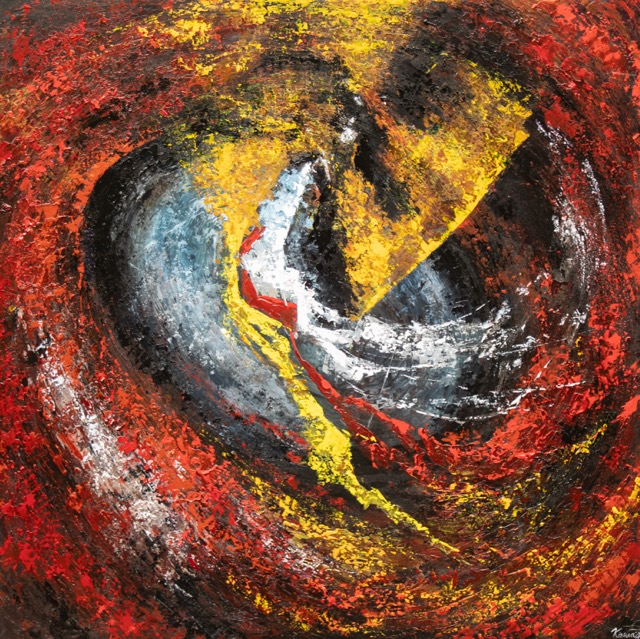Asha Kama
Bhutan
“Breaking boundaries through Art” is the philosophy of Asha Kama, who bravely transcends the traditional frameworks of Thangka imagery and measurement. Born in 1958 in Punakha, Bhutan, Asha trained in traditional Thangka painting for ten years before moving to the UK, where he became one of Bhutan's first expatriate artists, earning a first-class honors degree from Kent Institute of Art and Design in 1994. Upon returning to Bhutan, Asha brought innovative aesthetic thinking and painting expression to the art scene, dedicated to nurturing emerging artists and promoting contemporary art education. In recognition of Asha's dedication and efforts in contemporary art education in Bhutan, the current Fifth King of Bhutan awarded him the prestigious National Gold Medal in 2010.
Asha draws inspiration from Bhutan's rich cultural heritage, cultivating a unique Bhutanese style within contemporary art. His works are characterized by rich colors and poetic compositions, constructing images that blur the boundaries between reality and illusion, with delicate and expressive lines. Bold and free brushstrokes layer to create a sense of vastness, offering viewers a profound visual experience. Through the "Journey of a Thousand Buddhas," Asha pays homage to Bhutanese culture; other series of works feature various elements from Buddhist rituals, such as ceremonial dances, prayer wheels, and mandalas, transforming these elements into a unique contemporary artistic vocabulary.
It can be said that without Asha Kama, there would be no contemporary art in Bhutan. His artistic achievements have already been inscribed in the context of contemporary art history in South Asia, bringing a distinctly new dimension to the contemporary art atmosphere in Bhutan. In recent years, he has been actively promoting Bhutanese contemporary art abroad, allowing the global art community to recognize this treasure of South Asian art. In 2024, the Rubin Museum of Art celebrated its 20th anniversary with an exhibition titled "Reimagine: Himalayan Art Now," where Asha Kama was specially invited to create an installation piece, "The Wind Horse (Lungta)," which also served as the main visual for the exhibition. This underscores Asha's significant position in the history of contemporary Himalayan art.


